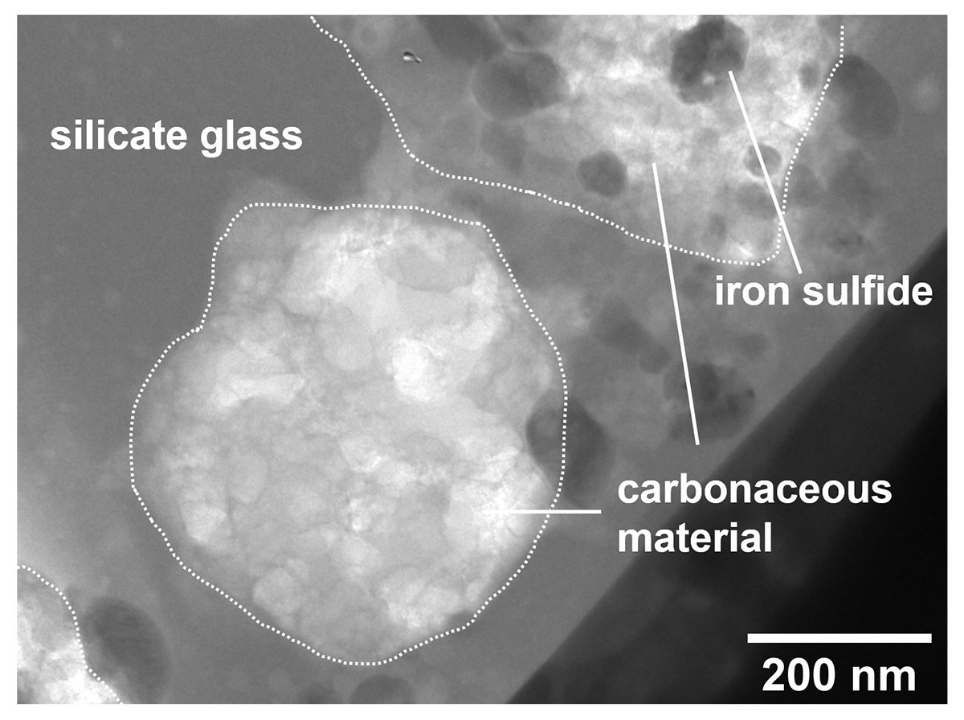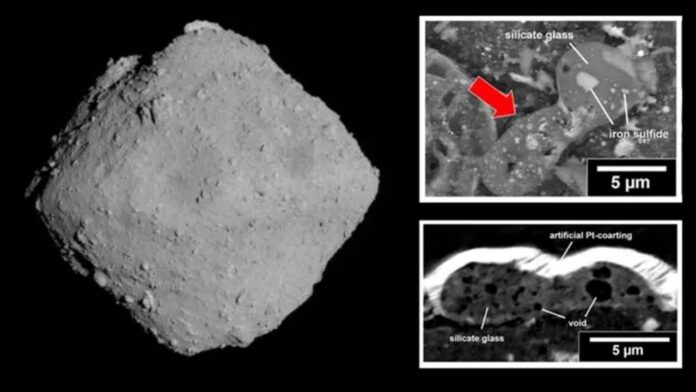Ryugu is a near-Earth asteroid that gained significant attention when the Japanese Hayabusa2 mission collected samples and returned them to Earth. These samples have proven to offer a treasure trove of insights into the solar systems, including the possible role of asteroids in delivering organic molecules to earth.
Now, a team of scientists have performed an intensive investigation of Ryugu samples, discovering evidence that points to cometary organic matter being transported from space to the near-Earth region.
The team included Megumi Matsumoto, an assistant professor from the Earth Science Department at Tohoku University Graduate School of Science. Details of their findings were published in the journal Science Advances.
Asteroid Ryugu has no protective atmospheres, and its surface layer is directly exposed to space. Small interplanetary dust in space can hit the asteroid surface, causing changes to the composition of the asteroid surface materials.
Matsumoto and her colleagues revealed that the sample surfaces contain small ‘melt splashes,’ ranging in size from 5 to 20 micrometers. These melt splashes were created when micrometeoroids of cometary dust bombarded Ryugu.
“Our 3D CT imaging and chemical analyses showed that the melt splashes consist mainly of silicate glasses with voids and small inclusions of spherical iron sulfides,” says Matsumoto. “The chemical compositions of the melt splashes suggest that Ryugu’s hydrous silicates mixed with cometary dust.”
The mixing and melting of Ryugu’s surface materials and cometary dust during impact induced heating and rapid cooling formed the melt splashes. The voids correspond to the water vapor released from the Ryugu’s hydrous silicates and subsequently captured in the melt splashes.

Analysis also revealed small carbonaceous materials with abundant nano-pores and iron sulfide inclusions in the melt splashes. The carbonaceous materials are texturally similar to primitive organic matter in cometary dust, though they lack nitrogen and oxygen, making them chemically different from organic matter.
“We propose that the carbonaceous materials formed from cometary organic matter via the evaporation of volatiles, such as nitrogen and oxygen, during the impact-induced heating. This suggests that cometary matter was transported to the near-Earth region from the outer solar system,” adds Matsumoto. “This organic matter might be the small seeds of life once delivered from space to Earth.”
Looking ahead, the team hopes to examine Ryugu samples to find more melt splashes that will provide further insights into the influx of primitive space materials into Earth.
Reference:
Megumi Matsumoto et. al, Microstructural and chemical features of impact melts on Ryugu particle surfaces: Records of interplanetary dust hit on asteroid Ryugu., Science Advances DOI: 10.1126/sciadv.adi7203
